- Joined
- Jan 25, 2015
- Messages
- 2,558
Not sure what else to call it.
When making these:
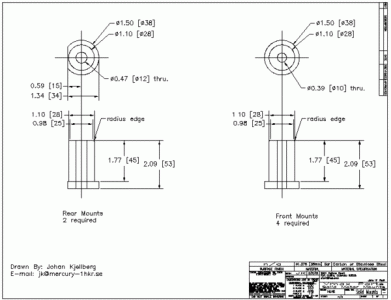
I would get a variance on the diameters (ie: the 1.10/28 mm dimension) around .001 to .003, tapering in as I got closer to the headstock.I still got perfectly usable parts, as what I was making mates to an Al casting which wasn't too fussy on production tolerances itself. I just want to be as accurate as I can be.
That would be working a 4.5" piece with about 3" of stick out in my 4 jaw.
It was in 6061 and I was using freshly sharpened HSS tooling on the QCTP. Tooling stick out was kept as short as possible.
I had all the gibs locked down that I could, except for the z axis (which i needed to make the part).
I was using power feed with the slowest feed rate my atlas has (0.0035 with the gears I have available).
I guess I'm asking if this amount of "taper" is to be expected and if not, where should I start to look to try and eliminate/minimize it?
Please done say something like "get a better lathe". That's not an option for me, financially as much as anything else. I need to get the most out of what I've got....
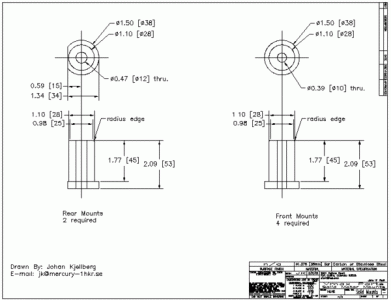
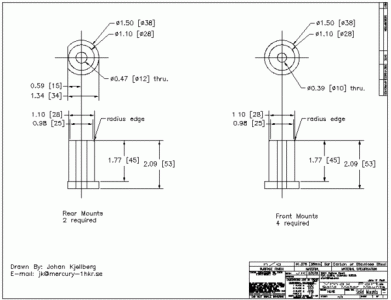
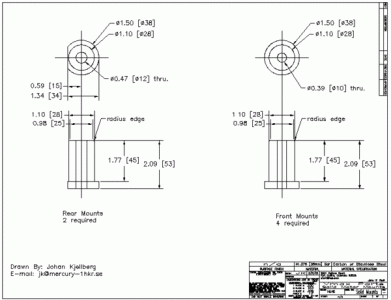
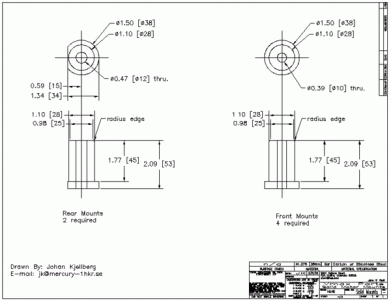
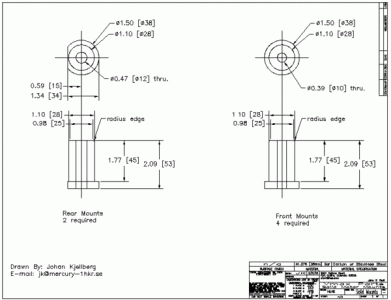
When making these:

I would get a variance on the diameters (ie: the 1.10/28 mm dimension) around .001 to .003, tapering in as I got closer to the headstock.I still got perfectly usable parts, as what I was making mates to an Al casting which wasn't too fussy on production tolerances itself. I just want to be as accurate as I can be.
That would be working a 4.5" piece with about 3" of stick out in my 4 jaw.
It was in 6061 and I was using freshly sharpened HSS tooling on the QCTP. Tooling stick out was kept as short as possible.
I had all the gibs locked down that I could, except for the z axis (which i needed to make the part).
I was using power feed with the slowest feed rate my atlas has (0.0035 with the gears I have available).
I guess I'm asking if this amount of "taper" is to be expected and if not, where should I start to look to try and eliminate/minimize it?
Please done say something like "get a better lathe". That's not an option for me, financially as much as anything else. I need to get the most out of what I've got....







 Steve Shannon, P.E.
Steve Shannon, P.E.